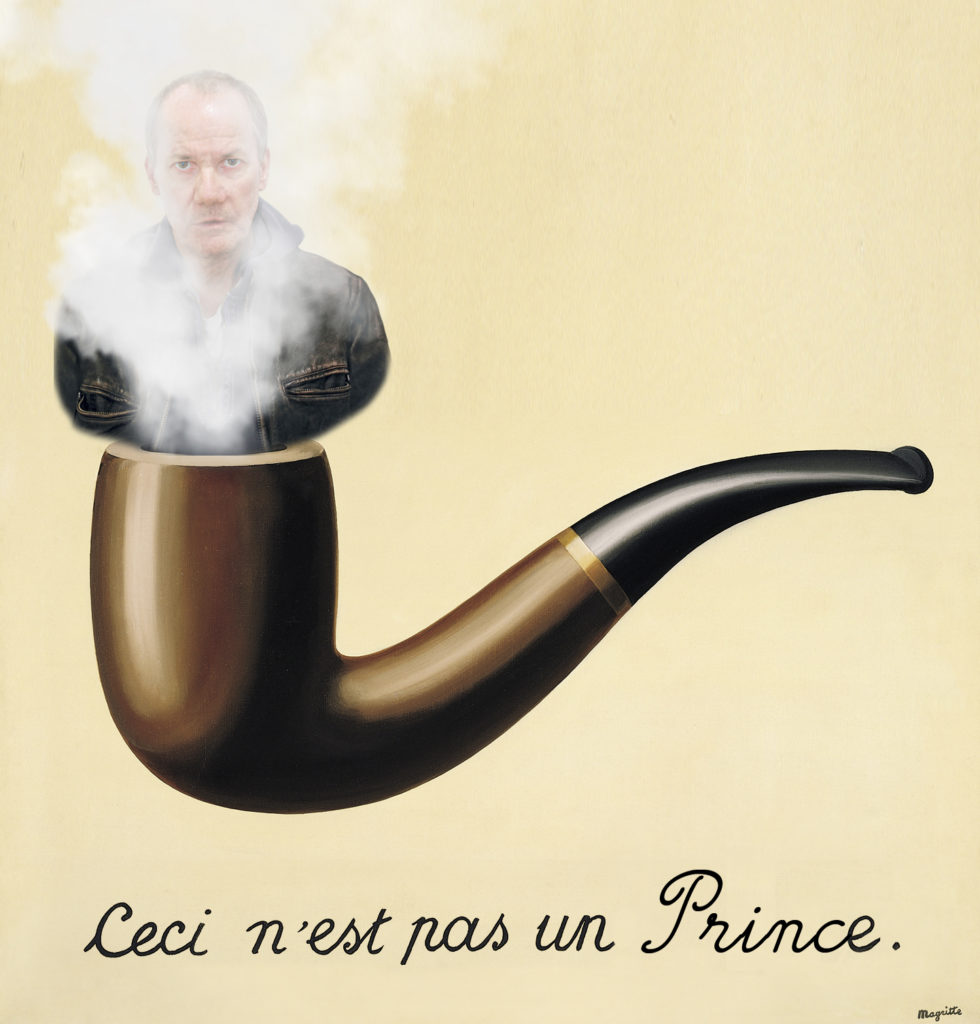Prince v. Trump
Without getting too much into the minutiae of Immanuel Kant’s concept of the “thing-in-itself,” as posited in his “Critique of Pure Reason” (1781), in which he wrestles with the differences between noumena and phenomena, I will say that there is no disputing that Richard Prince (b. 1949) made an Instagram portrait of Ivanka Trump, at her behest, in 2014, and sold it to the First Daughter Elect netting $36,000. Though he claims to not, generally, undertake commissions for hire.
On January 11, 2017, Prince Tweeted: “This is not my work (Ivanka’s painting). I did not make it. I deny. I denounce. This fake art.” And on Friday the 13th, which was more like April Fools’ Day, he wrote on his site beneath the heading Birdtalk (Prince claims he invented Twitter, but we’ll leave that for another occasion): “I’m not after attention or publicity… I made the art. And I can unmake the art.” He proceeded to return the proceeds of the transaction via an unnamed art advisor (there’s no escaping them).
The issuance of an invoice and subsequent payment signifies an offer and the offer’s acceptance, constituting evidence of a binding agreement. Both parties received benefits, or consideration justifying the arrangement; the terms specific enough to warrant enforcement—money for art, art for money. Despite easy jokes, I don’t think the competence of either party could justifiably be contested. Thus, the criteria for a binding deal was unequivocally satisfied (I did pass my bar exam some 30 years ago).


